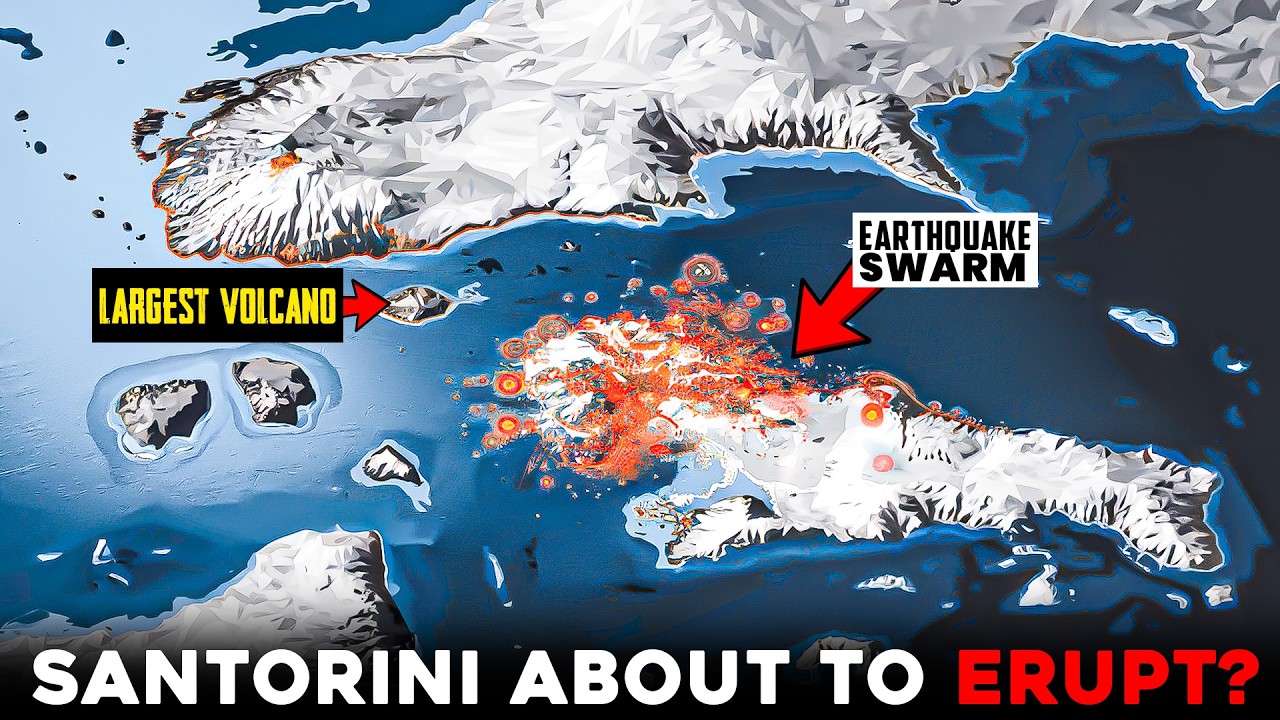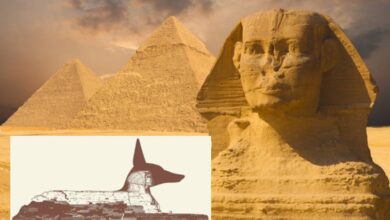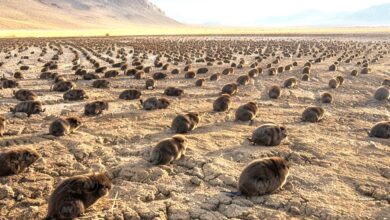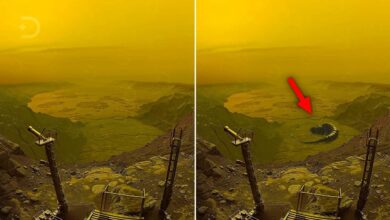Are You PREPARED For The NEXT BIG Santorini Eruption?

Santorini: Stunning Island or Hidden Volcano?
The Greek island of Santorini has just declared a state of emergency. Formed by volcanic eruptions and violent earthquakes, Santorini has a rich geological history. The rock layers here record the entire course of past eruptions.
More than 13,000 small earthquakes have recently been recorded in the north of the island, raising concerns about the risk of volcanic activity again. As the center of an active volcano, the land is always unstable. So is Santorini at risk of being destroyed by a new eruption? Let’s find out.
Santorini – The Land Made of Volcanoes
Santorini’s impressive cliffs and deep basins were formed after a major eruption around 1600 BC. The explosion destroyed much of the island and created huge tsunamis, which may have contributed to the collapse of the Minoan civilization on Crete.
Before the eruption, Santorini was likely a cone-shaped volcano, much like Krakatoa before it exploded. Over thousands of years, lava and volcanic ash accumulated, forming the island. When the explosion occurred, the center of the volcano collapsed, creating the caldera as it is today. Smaller islands such as Therasia, Thea, and Aspronisi are the remains of that ancient volcano.
Later, smaller eruptions created new landmasses. The islands of Nea Kameni and Palaia Kameni, located within the caldera, are evidence of continued volcanic activity. Scientists continue to monitor the area closely for signs of future eruptions.
What Causes Recent Earthquakes
The recent series of earthquakes has occurred along the Anydos Fault, between Santorini and Ios, with depths ranging from shallow to about 22 km underground. Is this a sign of an upcoming eruption?
Santorini is part of the Hellenic Volcanic Belt, which is formed by the shifting of two giant tectonic plates – the African and Eurasian plates. As the African plate subducts beneath the Eurasian plate, pressure builds, leading to earthquakes and volcanic eruptions.
This process occurs at a subduction zone, where one tectonic plate is pushed under another. As the oceanic plate sinks deeper, it melts and creates magma. Over time, the magma rises to the surface, causing eruptions and forming volcanic islands, including Santorini.
However, not all earthquakes are a sign of an impending volcanic eruption. Scientists believe that the recent earthquakes are tectonic in origin, not due to magma movement. This means that they are mainly due to stress in the Earth’s crust rather than volcanic activity.
Could an eruption happen?
Although earthquakes are not directly related to volcanic activity, they can still affect the magma system below. Movement of faults can change the pressure in magma chambers, which can lead to increased volcanic activity over time.
Currently, there are no clear signs that an eruption is imminent. However, due to the complexity of volcanic activity, scientists are still closely monitoring developments. Continuous observation is necessary to detect any changes early.
Warning signs of a volcanic eruption
If an eruption is imminent, we will see a number of warning signs:
Increased gas emissions: Higher than normal levels of sulfur dioxide (SO₂) gas are a sign that magma is moving and pressure is increasing.
Ground swelling: As magma rises, the ground surface can rise, which can be seen on satellite images and seismographs.
Volcanic tremors: These are special vibrations caused by the movement of lava, which are different from regular earthquakes.
Currently, none of these signs have been observed on Santorini, suggesting that the volcano is stable. However, scientists will continue to monitor it closely to ensure early detection of any changes.
Other risks beyond the volcano
Even when the volcano is dormant, the area is still at risk of a major earthquake. The complex fault system under the seabed makes the area prone to seismic activity.
One of the biggest concerns is landslides, especially due to the steep terrain and loose rock structures. Strong tremors can cause rockslides, affecting residents and tourists.
Additionally, undersea earthquakes can trigger tsunamis. For example, in 1956, a powerful earthquake near the island of Amorgos caused a tsunami that devastated the Cyclades archipelago. Although most of the villages on Santorini are located on high ground, low-lying coastal areas are still vulnerable.
Is Santorini Safe?
If you live in or are planning to visit Santorini, there is no reason to panic. Although the island is an active volcano, it is closely monitored by advanced technology such as satellites, seismic stations and gas sensors.
13,000 earthquakes may sound scary, but most are too small for humans to feel. This is a natural part of Santorini’s cycle of activity, which has been going on for thousands of years.
Currently, the risk of a major eruption is very low. The last major eruption was about 3,600 years ago. Scientists are constantly monitoring and will issue early warnings if there are signs of danger.
Until then, Santorini is a beautiful, attractive and safe island. Whether you come here to enjoy the breathtaking scenery, explore the history or learn about the volcanoes, you can rest assured that you will enjoy your trip.
If you like this topic, don’t forget to like and subscribe to the channel for more interesting content!









